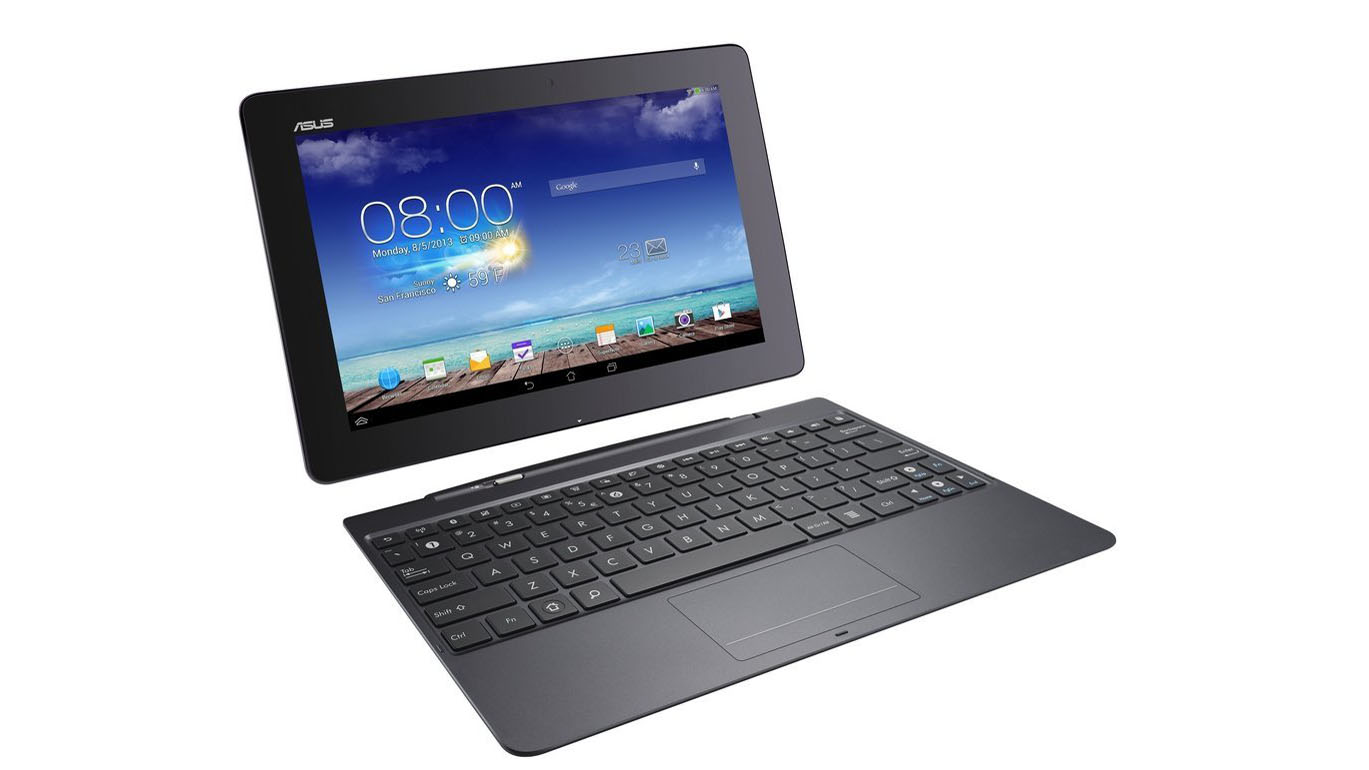Why you can trust TechRadar
As with nigh on every Jelly Bean device, the Asus Transformer Pad includes both Chrome and a native browser. This leads me to again point out that which browser you use is entirely down to your personal choice.
The big bonus with the Transformer Pad is that high-res screen, which helps keep everything clean and tidy. As I pointed out earlier though, this is not so useful when out and about as the screen isn't bright enough to see in the great outdoors.
When it comes to choosing the browser, there is pretty much nothing in it. Asus hasn't provided the same level of customisation that I've seen on other devices, with the native browser very much appearing as Chrome with a different colour scheme.
Chrome does a far better job of managing your online lifestyle between devices, allowing for a far more seamless transition between desktop and mobile, although this point is almost rendered moot with the dual purpose of the Transformer Pad.
Bookmarks are managed well in both cases, pulling them all in from the Google account that you have signed into. The native browser is a little more attractive as it pulls in little thumbnails once you've visited them. Chrome makes it feel more like a folder.
It is also a little easier to access them in the native browser, tapping the star icon. In Chrome you have to go via the menu. There is a bookmarks page at the bottom of the new tab screen, though.
The biggest difference I found between the browsers is that the native will reflow text, to a certain level. This means that you can pinch and zoom in, and the Transformer Pad will adjust it so it all fits on the screen.
Double tapping on Chrome has the same effect, although the extent of reflow is much narrower, and it won't pinch and reflow.
You can also quick access the Asus app by tapping on the right button on the dock, although I didn't find myself pushing the button very often.
NVIDIA's quad-core CPU coupled with 2GB RAM keeps everything running relatively smoothly, there wasn't anything that I found to be a hindrance. If anything, the biggest problem was the lack of brightness in the screen, meaning that it was hard to use the Transformer Pad out and about.
Wi-Fi is supported to 802.11 a/b/g/n, with Bluetooth also supported to the 3.0 standard. The Transformer Pad doesn't support 3G or 4G LTE, so maybe the screen won't prove to be a hindrance to many after all.
